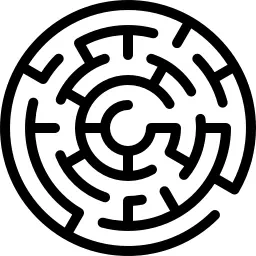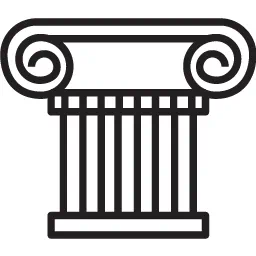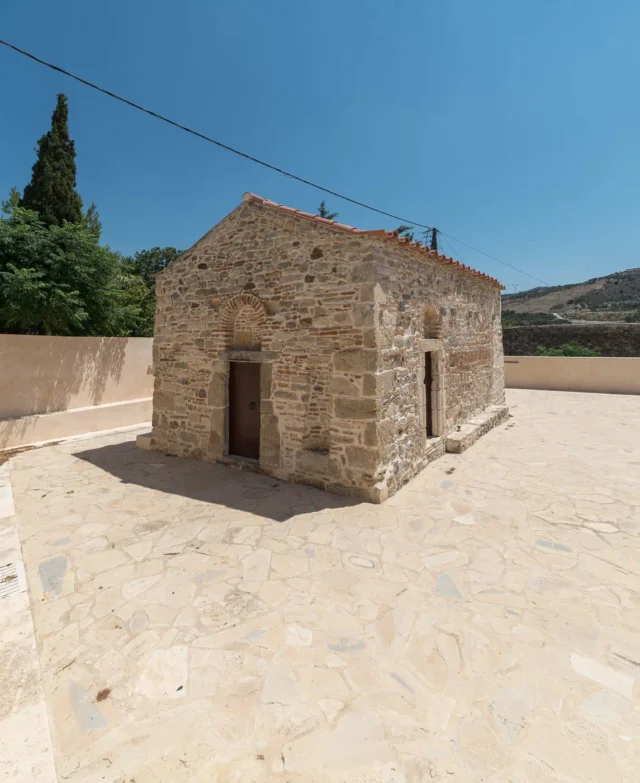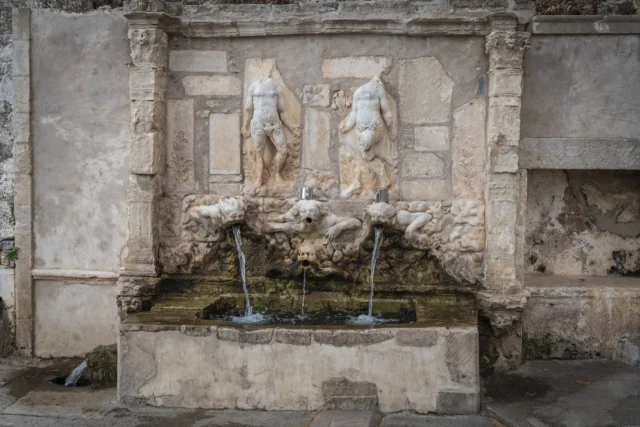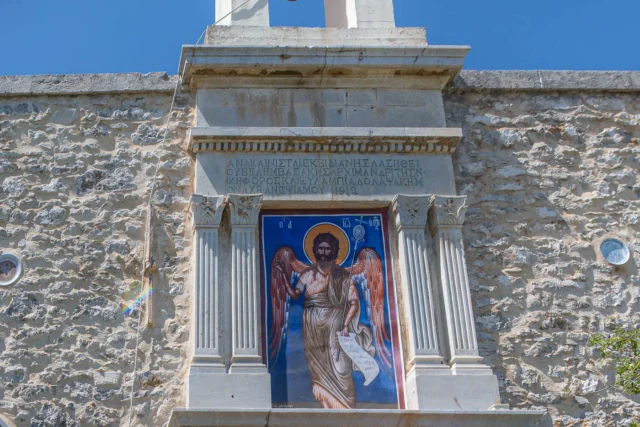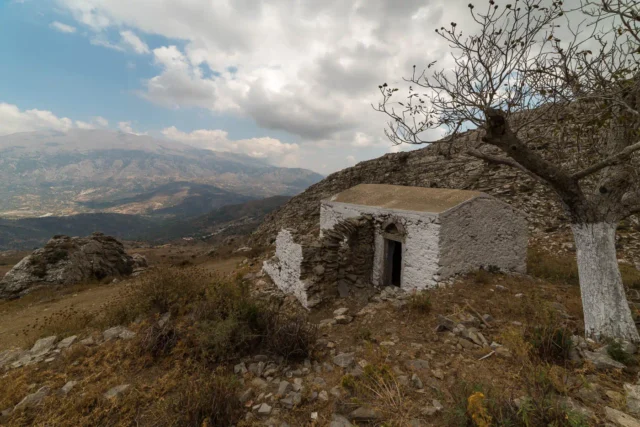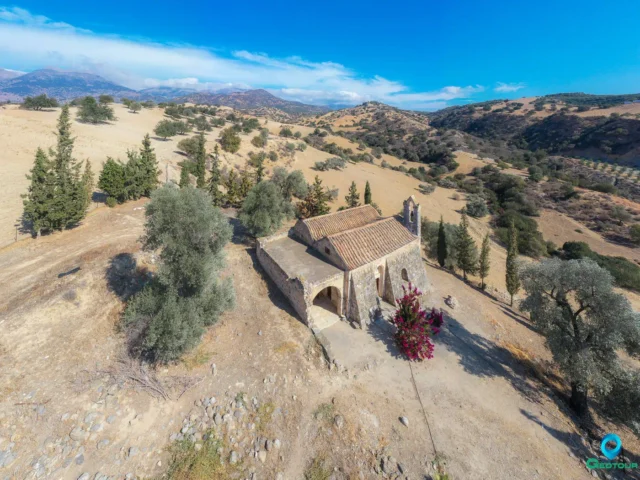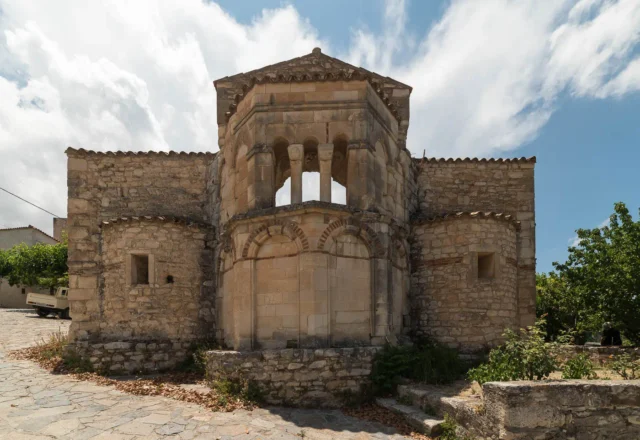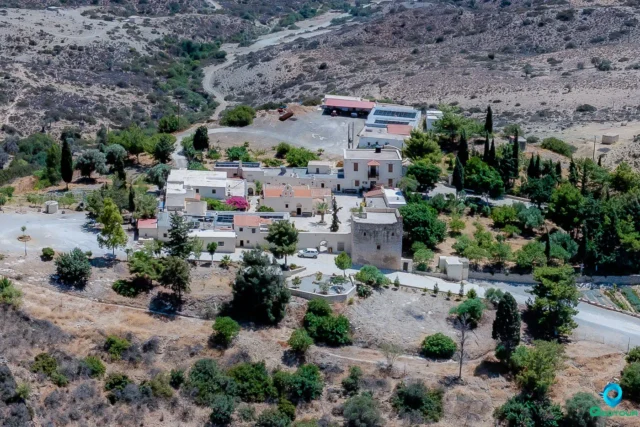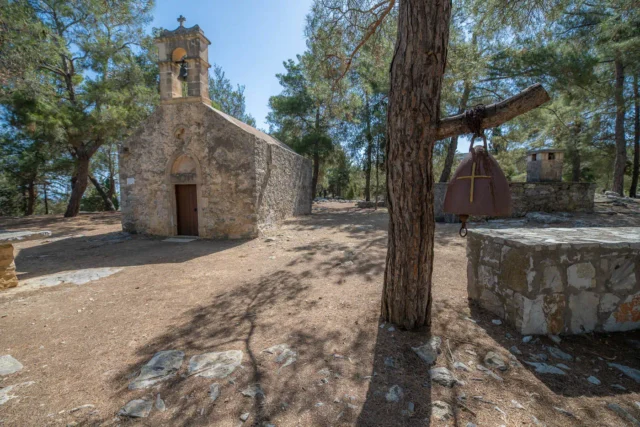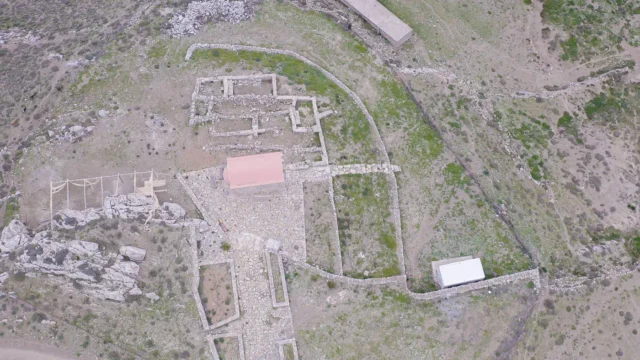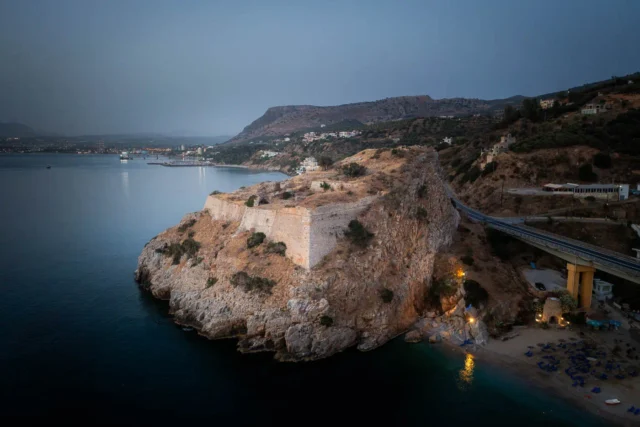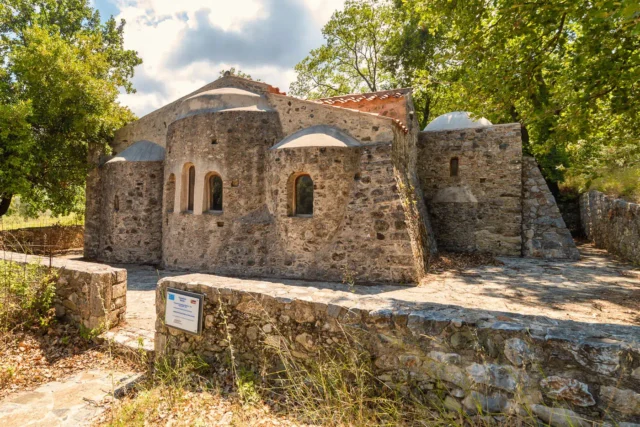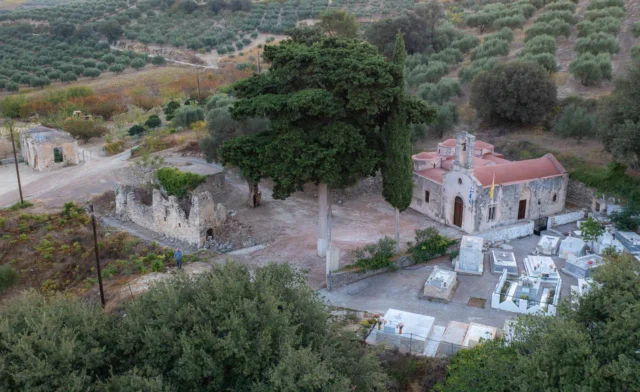Venetian Crete: Between East and West
The Crossroads of the Mediterranean
The Venetian period in Crete, spanning from 1211 to 1669, marks a fascinating chapter in the island’s history. This era saw Crete become a melting pot of cultures, a vibrant hub where the East met the West.
From Byzantine to Venetian Hands
The Venetian acquisition of Crete was not a straightforward conquest. It began with a deal struck during the Fourth Crusade. In 1204, after the Crusaders sacked Constantinople, the island was promised to Boniface of Montferrat. However, lacking the naval power to enforce his claim, Boniface sold his rights to the Venetians.
The Venetians, eager to establish a strategic outpost in the Eastern Mediterranean, faced an unexpected obstacle: the Genoese. The Genoese pirate Enrico Pescatore had already established a presence on the island, constructing 14 forts in its central and eastern regions. This sparked a conflict between Venice and Genoa for control of Crete.
Establishing Venetian Authority
The Venetians launched their first attempt to seize the island in 1206, but their initial force was defeated by Pescatore. In 1209, they succeeded in capturing the fort of Palaiokastro, and by 1212, they had gained full control of Crete. The final remnants of Genoese resistance were quelled in 1217, solidifying Venetian dominion over the island.
Resistance and Revolts
Venetian rule in Crete was not without its challenges. The local population, accustomed to Byzantine rule and wary of the new Latin authority, staged numerous revolts throughout the Venetian period. These uprisings were often led by prominent Cretan families who had lost their power and influence under the Venetians.
Some of the most significant revolts included:
-
The Revolt of the Skordiles and Melissenoi (1217-1236): This long-lasting revolt in western Crete forced the Venetians to grant concessions to the rebels, including land and privileges.
-
The Revolt of the Chortatzes brothers (1272-1278): This revolt in eastern Crete was eventually suppressed, but it highlighted the ongoing tensions between the Venetians and the local population.
-
The Revolt of Alexios Kallergis (1282-1299): This major revolt led by a prominent Cretan noble forced the Venetians to make significant concessions, including the recognition of the Orthodox Church and the right of the locals to own land.
-
The Revolt of the Holy Titus (1363-1366): This revolt, supported by both Cretans and some Venetian colonists, aimed to establish an independent Cretan republic. Although it ultimately failed, it demonstrated the growing dissatisfaction with Venetian rule.
The Ottoman Conquest
The Venetian era in Crete came to an end in the 17th century with the Ottoman conquest. The Ottomans, under the pretext of punishing the Venetians for harboring Maltese pirates, launched a massive invasion of the island in 1645.
The Ottomans quickly captured Chania and Rethymno, leaving the capital, Candia (Heraklion), as the last bastion of Venetian resistance. The siege of Candia, one of the longest in history, lasted for 21 years (1648-1669). Despite heroic resistance, the city finally fell to the Ottomans in 1669, marking the end of Venetian rule in Crete.
A Controversial Heritage
The Venetian presence in Crete left a rich legacy of architectural and cultural monuments. However, these monuments have not always been appreciated. In the 19th and early 20th centuries, the focus was on ancient Greek heritage, and the Venetian monuments were often seen as symbols of foreign domination.
Changing Attitudes
In recent decades, attitudes towards Venetian monuments have shifted. There is a growing recognition of their importance, both as historical landmarks and as valuable cultural assets.
Preservation and Challenges
Despite this shift, the preservation of Venetian monuments in Crete faces numerous challenges. Many have been lost due to neglect, urban development, and natural disasters.
A Complex Legacy
The Venetian period left a complex legacy in Crete. The Venetian monuments, once symbols of foreign rule, are now recognized as part of the island’s rich and diverse heritage. Their preservation is crucial for understanding Crete’s history and for appreciating its unique cultural identity.


